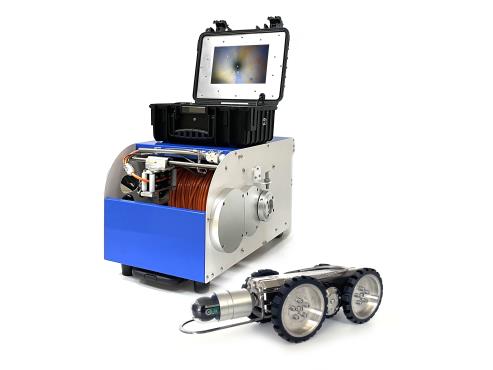A pipeline inspection robot cameras is a specialized device used for inspecting the interior of pipelines, sewers, and other underground conduits. These sewer pipe crawlers are equipped with cameras and sometimes other sensors to provide a detailed view of the pipe's condition, allowing for the identification of issues such as blockages, cracks, corrosion, or root intrusions.
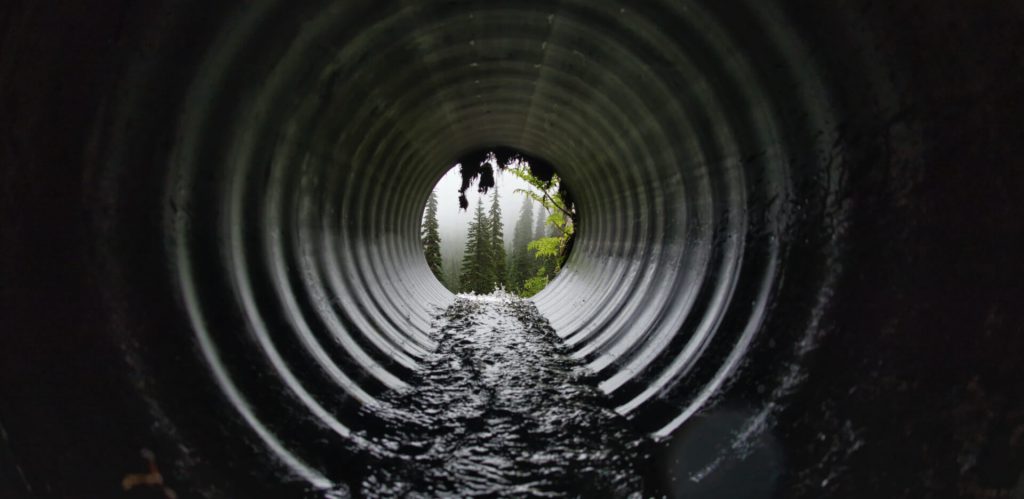
Here’s a basic introduction to how pipeline inspection robot cameras work:
Components:
1、CCTV Pipeline Inspection Robot Cameras Unit: This is the main body of the pipe inspection camera system, designed to navigate through pipes. It usually features a set of wheels or tracks that allow it to move through various pipe sizes and conditions.
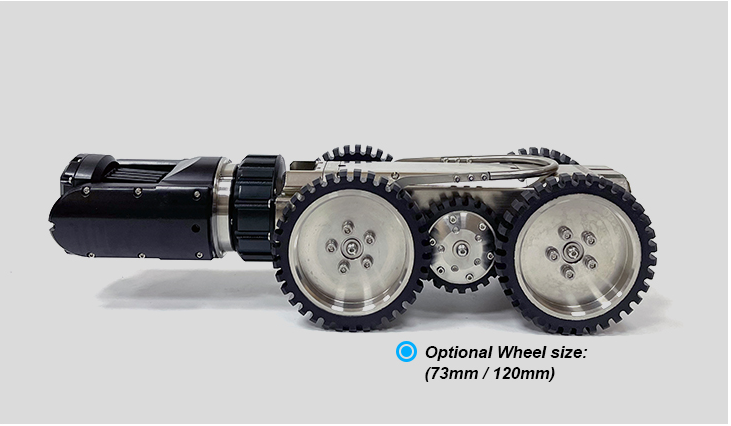
2、Camera: The Sewer crawler robot camera is equipped with a high-resolution camera that captures video footage of the interior of the pipe. This sewer camera is often adjustable and can rotate to provide a full view of the pipe’s walls.
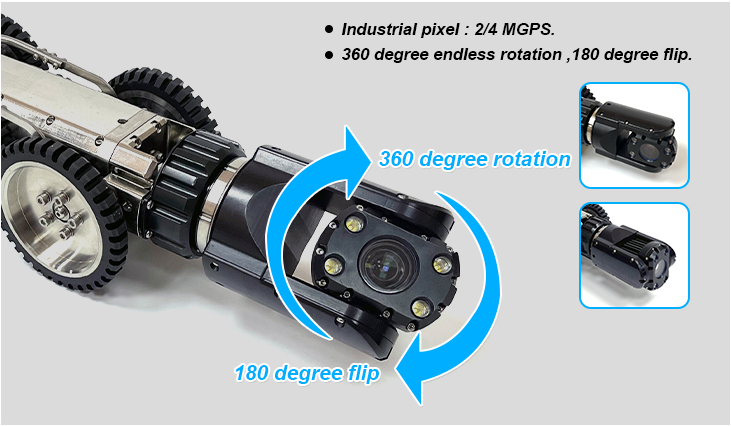
3、Lighting: Since pipes are typically dark environments, the crawler has built-in LED lights or other illumination sources to ensure clear visibility for the camera.
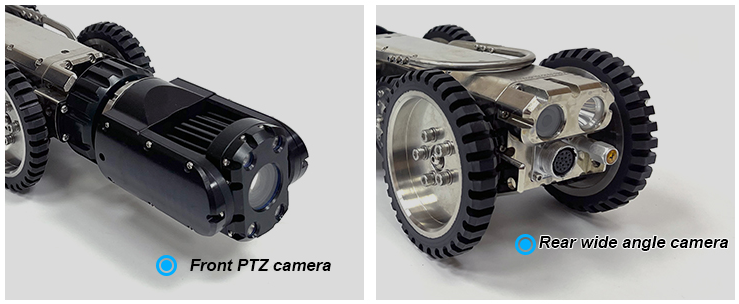
4、Control System: The sewage crawler is controlled remotely from the surface using a control unit. This allows an operator to maneuver the crawler through the pipe and adjust the camera’s view.
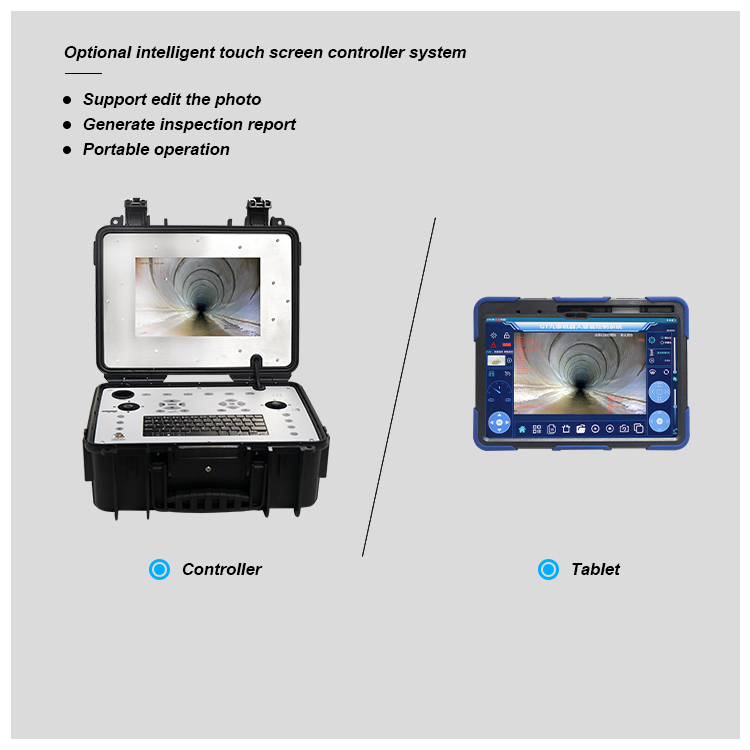
5、Recording and Analysis Equipment: The footage captured by the camera is transmitted to a recording device or computer for analysis. This helps in documenting the condition of the pipe and identifying any problems.
6、Pay-off wagon:The pay-off wagon of pipe inspection robot camera system holds and manages the inspection camera’s cable, allowing for smooth and controlled deployment and retrieval. This prevents tangling and reduces wear and tear on the cable.

How It Works:
1、Deployment: The crawler of pipe inspection robot camera is introduced into the pipe through an access point or manhole. It can be pushed or pulled into position using a flexible cable or other deployment mechanisms.
2、Navigation: Once inside, the crawler moves through the pipe using its wheels or tracks. It can be directed to specific areas of interest or to cover the entire length of the pipe.
3、Inspection: As the sewer crawler moves, the camera captures video footage and sends it back to the surface. The lighting ensures that the pipe’s interior is well-illuminated for clear images.
4、Analysis: The footage is analyzed in real-time or reviewed later to assess the condition of the pipe. Operators look for signs of damage, blockages, or other issues.
5、Reporting: A detailed report is often generated based on the pipe inner inspection, including video footage, still images, and notes on any identified problems.
Benefits:
1、Non-Destructive: The inspection is done without digging up or disrupting the pipeline.
2、Detailed Inspection: Provides a close-up view of the pipe’s interior, revealing issues that might not be detected through other methods.
3、Efficient: Can cover long stretches of pipe quickly and accurately.
Applications:
1、Municipal Sewer Systems: For detecting blockages, leaks, and structural issues in sewer lines.
2、Industrial Pipelines: To monitor and maintain pipelines used in various industries, including oil and gas, chemicals, and water treatment.
3、Residential: Inspecting home sewer lines to diagnose problems before they become serious.
Overall, CCTV pipe inspection crawlers are essential tools for maintaining and managing underground infrastructure, providing crucial insights that help in preventing costly repairs and ensuring the integrity of pipelines.



